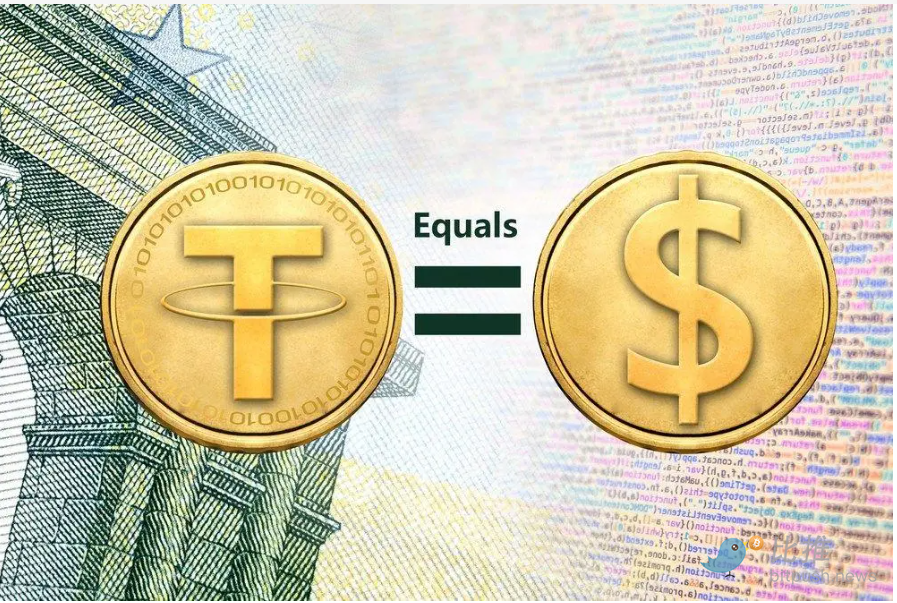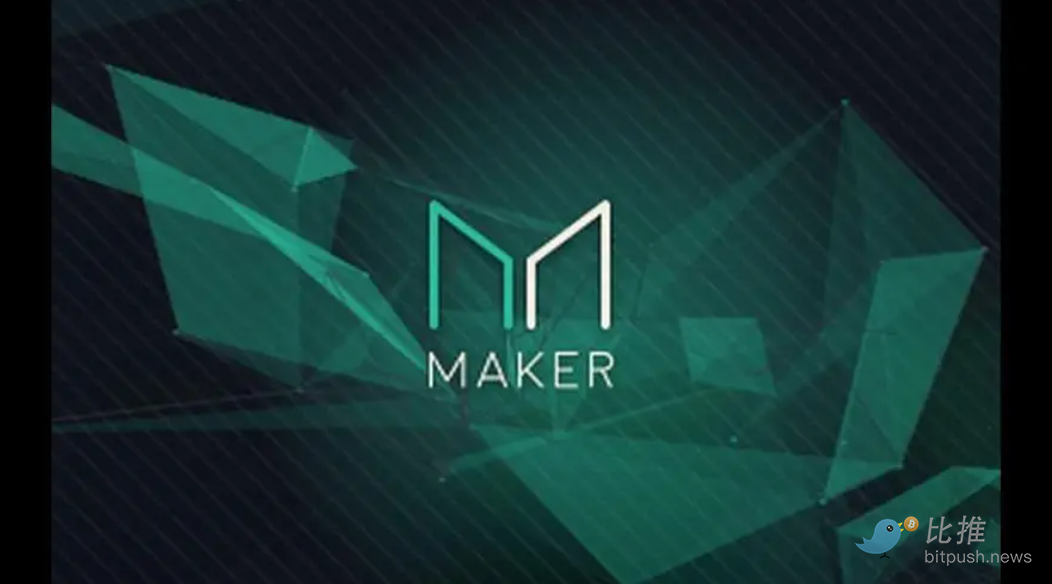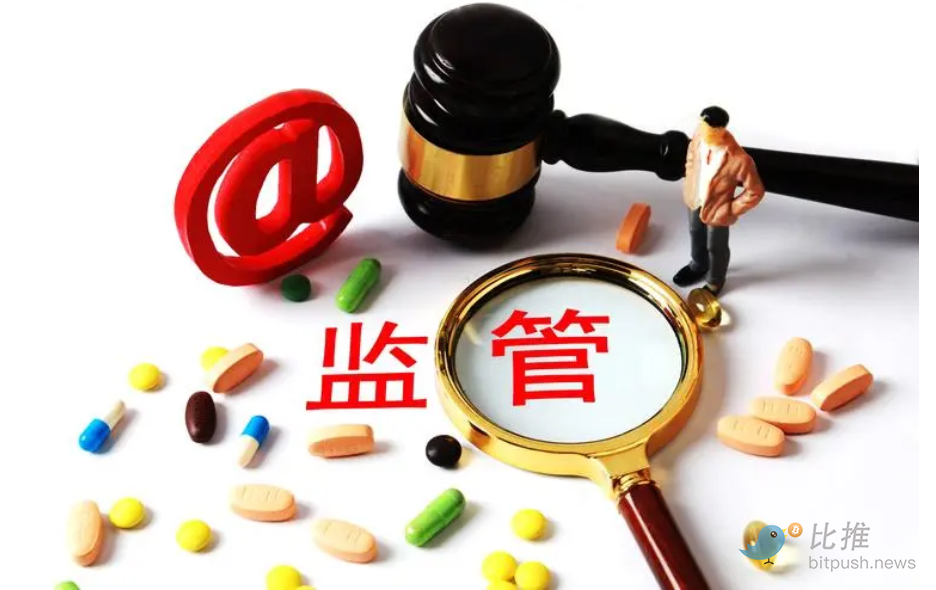The RWA vision is promising, but it requires a joint effort from the encrypted market, traditional finance, and regulation.
The RWA vision requires collaboration from the encrypted market, traditional finance, and regulation to be successful.Original article: “RWA’s success takes time, and “two-way running” is even more important in the future”
Author: Asher Zhang
Binance recently released a research report on RWA, and the market has paid a lot of attention to RWA. In addition, giants inside and outside the circle, such as Binance and Goldman Sachs, have also successively laid out the RWA track. RWA is not a new concept, why has it been hyped recently? Some people believe that everything can be RWA, is it really like this? In addition to stablecoins and bonds, the scale of RWA is actually relatively limited, so what is the biggest bottleneck restricting the development of RWA? Which regions are most likely to promote the development of RWA to maturity in the future? This article will explore these issues.

- Financing Weekly Report | 24 public financing events; Bitcoin financial services provider River completes $35 million Series B financing, led by Kingsway Capital.
- Overview of BTC NFT Ecology: Development Status, Trading Market and Value Analysis
- One year after Terra’s Black Swan event: Market is on the mend, but still struggles to shake off the gloom
RWA is not a new concept, why has it been hyped recently?
RWA is not a new concept, which refers to physical assets entering the blockchain through tokenization, and these assets can be any form of physical assets. So, what is the reason behind the recent revaluation of RWA? What are the real driving factors?
The short-term surge in RWA demand is mainly due to Binance’s research report on RWA. The direct reason for the short-term rise in RWA demand is that the return on investment in DeFi is currently lower than the yield on US bonds. The capital-sensitive sense of smell naturally chooses to flow money to the on-chain US bonds with higher and safer returns. Currently, the general rate of return of DeFi old protocols such as Curve, Aave, and Compound has dropped from the highest of over 10% to 0.1~2%, while the yield on US bonds has increased from 0.3 to 5%.
In addition, the grand narrative that everything can be RWA, and RWA can connect traditional finance and crypto finance, has given the crypto market enough speculation expectations. According to research by BCG and ADDX, the tokenization of global illiquid assets will create a market with a scale of $16 trillion (which will be close to 10% of the global GDP in 2030), including a $3 trillion housing asset market, a $4 trillion listed/non-listed asset market, a $1 trillion debt and investment fund market, a $3 trillion alternative financial asset market, and a $5 trillion market for the tokenization of other assets. Citibank’s recent report also pointed out that almost anything of value can be tokenized, and the tokenization of financial and real-world assets may be a “killer application” for blockchain breakthroughs. It is predicted that by 2030, there will be $4 trillion to $5 trillion of tokenized digital securities, and trade finance transactions based on distributed ledger technology (DLT) will reach $1 trillion.

RWA Really Can Be Used for Everything?
Below, we organize the main use cases of RWA, mainly from the two dimensions of traditional finance market and crypto market, and explore the main development directions and opportunities of RWA through further analysis.
Traditional Finance Market
According to the “Bite Push” report, J.P. Morgan executed the first real-time transaction using the tokenized version of the Japanese yen and Singapore dollar on the Polygon blockchain; the Hong Kong SAR Government successfully issued HKD 800 million of tokenized green bonds under the Government Green Bond Program (Green Bond Program); DBS Bank and SBI Digital Asset Holdings completed foreign exchange and government bond transactions on the Ethereum network using the Aave protocol. The Monetary Authority of Singapore (MAS) announced a pilot project called the “Guardian Plan” (Project Guardian), which tokenizes bonds and deposits for use in various DeFi protocols. Morgan Stanley and DBS Bank are cooperating partners for the pilot; Goldman Sachs helped the European Investment Bank (EIB) issue a 100 million euro two-year digital bond using its digital asset platform GS DAP; private equity firm Hamilton Lane tokenized part of its $2.1 billion flagship equity fund on the Polygon network; and Siemens, the electrical engineering giant, issued its first $60 million digital bond on the blockchain.
Crypto Market
In 2020, MakerDAO officially introduced RWA and subsequently issued the stablecoin DAI. In December 2022, about 70% of MakerDAO’s revenue comes from RWA. It also teamed up with BlockTower Credit to launch a $220 million fund for real-world assets. Aave followed closely behind MakerDAO and announced the launch of the RWA market at the end of 2021. In 2021, Aave partnered with crypto company Centrifuge to launch a real-world asset market RWA Market. Recently, many projects supporting on-chain US Treasury bonds, such as Ondo Finance and TProtocol, have been active. In the crypto market, stablecoins have developed the fastest among RWA asset categories, with the market value of USDT alone reaching $82.86 billion. Secondly, there are synthetic assets and lending protocols, which contain many types, but their scale is relatively small.
Overall, the current application areas of RWA are not universal. In traditional markets, they mainly revolve around securities and stocks, and in the crypto market, stable coins are the main RWA application area, while other synthetic assets and lending have relatively small scales.

RWA explosion takes time, and regulation remains the biggest challenge
From a technical perspective, any physical asset can be put on the chain and tokenized. However, from the main use cases of RWA discussed earlier, the application areas of RWA are limited and have already exposed some problems. Currently, many private loans such as MAPLE and TrueFi have experienced bad debt situations, but because the collateral is not a liquid ERC-20 token, liquidating these assets to recover the borrower’s capital will be much more difficult than using encrypted collateralized loans. In addition, the real obstacle to the RWA explosion is actually regulation.
Tokenization of RWA means global trading flow, but real assets are limited by geography. The core of RWA lies in the credit mechanism, and the key to facilitating global circulation is to establish international bills, and relevant bills should also have the ability to be enforceable. In the current global trend of increased US-China confrontation and rising trade protectionism, the RWA explosion does need sufficient time.
Regarding the above views, the Twitter user @0x Chok, who has done work on putting assets such as stamps on the chain, said: “At the time, we could only use alliance chains to put assets such as stamps on the chain. It was superficially a blockchain +, but in essence, it was still centralized endorsement, which cannot be universally global, and liquidity is also difficult to truly achieve.”
In addition, some people believe that once the macro economy and DeFi rebound, the attractiveness of RWA to encrypted users may not be enough, and it is difficult to escape the fate of being a flash in the pan. In the long-term development, traditional financial institutions are the main force to promote RWA, and bonds and stocks are most likely to be the first choice targets; while in the crypto market, stable coins will undoubtedly remain the biggest winner.

Just like a love affair, RWA needs to “run back and forth”
Currently, many people in the market are still relatively optimistic, but the interconnection between crypto finance and traditional finance still has a long way to go. It’s like a relationship, wishful thinking won’t work, it requires a lot of adjustments. In fact, at least this year does not look optimistic.
Earlier this year, we mentioned in an article that the United States intends to cut ties with the crypto finance industry. Since Silicon Valley Bank and other crypto banks like Silvergate went bankrupt one after another, the US’s strict regulatory intentions have become more clear. On March 13, US President Biden said, “I am pleased that the Treasury Department has quickly resolved the issue with Silicon Valley Bank. We plan to continue to strengthen the supervision of large banks and pursue those responsible for creating ‘this chaos’.” The crypto industry is becoming the “scapegoat” for this banking crisis. Ryan Selkis, founder of Messari, commented, “Crypto banking operations have actually been shut down in less than a week. The message from the US government is clear: crypto is not welcome in banking.”
The main problem that the crypto industry needs to solve at the moment is regulatory compliance, which means that the development of RWA may require more proactiveness from traditional financial institutions and governments. Currently, Hong Kong and Singapore are more open and proactive. After all, for Hong Kong and Singapore, RWA opens up a new paradigm for monetizing illiquid assets. If they can seize this opportunity, it will help solidify their position as Asia’s financial center in the Web3 era.
We will continue to update Blocking; if you have any questions or suggestions, please contact us!
Was this article helpful?
93 out of 132 found this helpful
Related articles
- Overview of DePIN Track: Is it Disruptive Innovation or a “Castle in the Air”?
- Bitcoin’s new generation of multi-signature scheme MuSig2: providing better security, efficiency, and privacy features
- Litecoin’s LTC20 protocol: the next speculative market with hundredfold or thousandfold growth?
- Blocking Daily Report | Bitcoin Mining Difficulty Increased by 3.22% to 49.55T; LayerZero Launches Bug Bounty Program of up to $15 Million
- DeFi on Bitcoin: Is BTCFi a breakthrough or a bubble?
- From the perspective of “de-dollarization” in Web3, speculate on the ultimate form of currency in the future
- Layout for many years but little known? Exploring the full picture and opportunities of the Japanese Web3 encryption market





